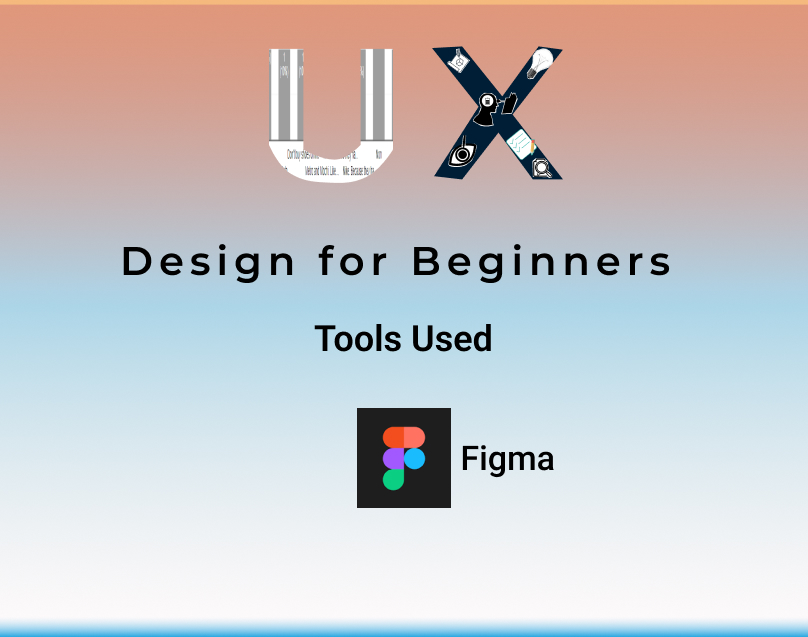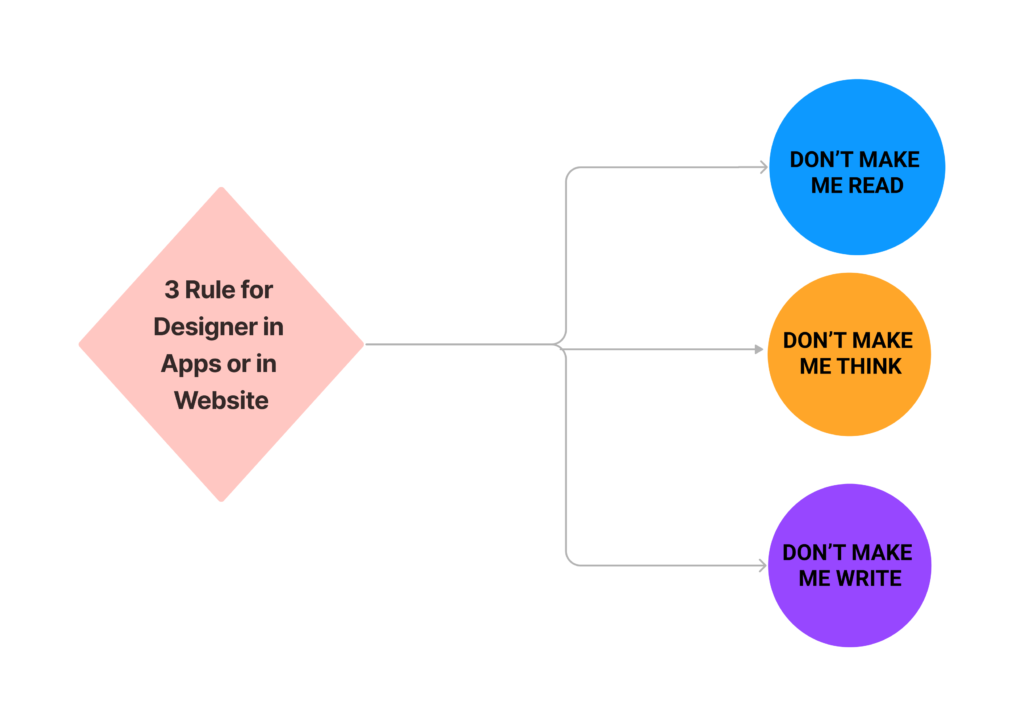UX Design Courses 2025
Session 1
UX Introduction
Here is a brief and straightforward overview of UX (User Experience):
UX (User Experience) is about a person’s experience with a product, website, or app, and focuses on designing an experience that is easy, useful, and enjoyable.
It consists of a few key elements:
- Usability – Easy to use?
- Accessibility – Can everyone access it?
- Desirability – Does it look and feel good?
- Functionality – Does it behave as expected?
👉 Good UX = Happy users who return. It is not only about design, but about how you feel overall throughout the journey.
Module 1: Foundations of UI-UX
What is UI-UX? Key principles.
Understanding the Fundamentals

Example: How easy is it to find and purchase a product on an e-commerce website?

The User interface is the visual layer of the product (colors, typography, icons, buttons, layout, etc.). It makes sure the design is visual, consistent, and easy to use.
Example: The style of a login form, the shapes of buttons, or the icons in a mobile application.
Overview of tools: Figma, Adobe XD, Canva.
Below is a summary of the best UI/UX and design tools out there:
Figma, Adobe XD, and Canva—ideal for beginners and creators at any level in 2025.

Best for: Collaborative UI/UX design, wireframing, prototyping.

- Collaborative real-time (think Google Docs).
- Components, auto layouts, and plugins.
- Design + prototype + feedback all in one place.

- Wireframes, user flows, UI kits, mockups for responsive design, and
- A design system for teams.
- Quick iterations depending on client feedback.
🎨 2. Adobe XD
Best for: UX design with strong Adobe ecosystem integration.
✨ Key Features:
-
Design + Prototype + Share workflows.
-
Auto-animate for smooth transitions.
-
Works well with Illustrator, Photoshop, and After Effects.
🧠 UX Use Cases:
-
Interactive app/web prototypes.
-
UI designs with advanced animations.
-
Developer handoffs using spec mode.
🖌️ 3. Canva Best for: Fast visuals, blog banners, social media graphics. ✨ Key Features: Drag-and-drop convenience. Templates for everything (web, print, video). Brand kit + content planner. 🧠 UX Use Cases: Marketing visuals (for blogs, courses, UI kits). Presentation decks for UX research. Moodbaords, personas, low-fidelity wireframes.




